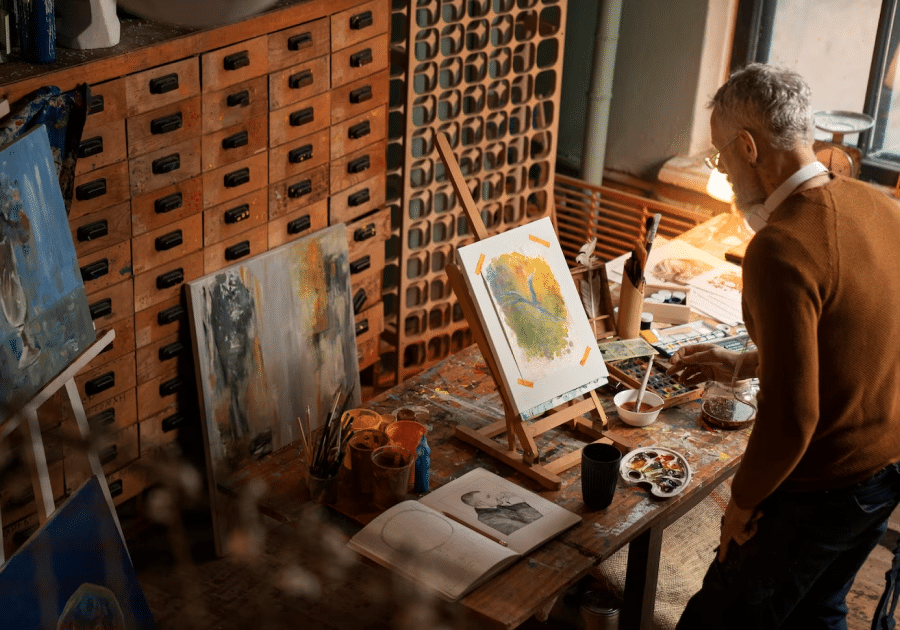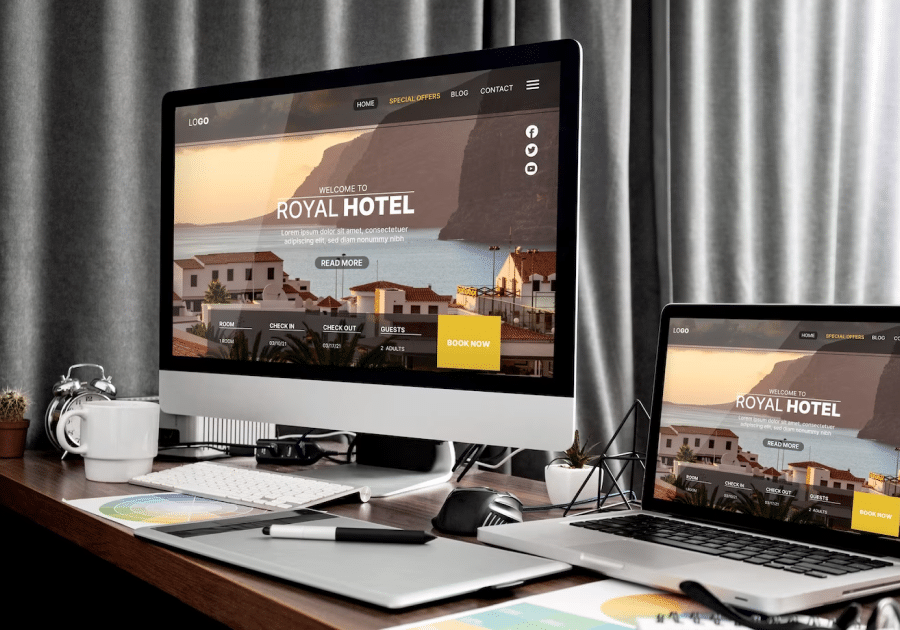Art and design are two disciplines deeply intertwined, each drawing inspiration from the other. The dance between the two realms has produced some of the most iconic and innovative works in human history. In this blog post, we’ll explore the fascinating intersection of art and design, where inspiration meets imagination.

The Nature of Art and Design
Art: Art is a form of creative expression that transcends boundaries. It encompasses painting, sculpture, music, literature, and more. Artists often explore emotions, ideas, and aesthetics, pushing the boundaries of human perception.
Design: Design, on the other hand, is a practical discipline that seeks to solve problems and enhance functionality. It can be found in architecture, product development, graphic design, and user experience. Designers focus on creating solutions that are not only visually pleasing but also functional and user-friendly.
Inspiration from Art to Design
- Aesthetic Influence: Art has a profound impact on design aesthetics. Designers often draw inspiration from art movements such as Impressionism, Cubism, or Surrealism, infusing their creations with artistic flair.
- Color Palettes: Artists are masters at manipulating color to evoke emotions and create visual harmony. Designers frequently turn to art for inspiration when selecting color palettes for branding, websites, and products.
- Typography and Layout: Typography and layout design are areas where art and design converge. The art of calligraphy and lettering, for instance, has greatly influenced typography design.
Imagination in Art and Design
- Conceptual Thinking: Both artists and designers engage in conceptual thinking. Artists explore abstract concepts and emotions, while designers tackle real-world problems by imagining innovative solutions.
- Innovation: Visionaries like Leonardo da Vinci and Steve Jobs blurred the lines between art and design. Da Vinci’s inventions were both artistically inspired and functional, while Jobs’ products merged minimalist design with cutting-edge technology.
Real-World Examples
- Bauhaus Movement: This influential design school, founded in the early 20th century, aimed to unite art and design. Bauhaus principles continue to shape modern design and architecture.
- Album Cover Art: Music album covers are a prime example of art and design collaboration. Artists like Andy Warhol and Banksy have created iconic album covers that are as much art as they are design.
Inspiration in Practice
- Cross-Disciplinary Collaboration: Encourage collaboration between artists and designers. Their unique perspectives can lead to groundbreaking projects.
- Artistic Techniques in Design: Experiment with artistic techniques in design. Consider incorporating elements of painting or illustration into your digital designs.
Conclusion
The nexus of art and design is a realm of boundless creativity. It’s a place where inspiration flows freely, and imagination knows no limits. Whether you’re an artist seeking to infuse functionality into your creations or a designer looking to tap into the profound depths of artistic expression, the synergy between art and design offers endless possibilities. In this harmonious union, inspiration meets imagination, and the results are nothing short of extraordinary.









